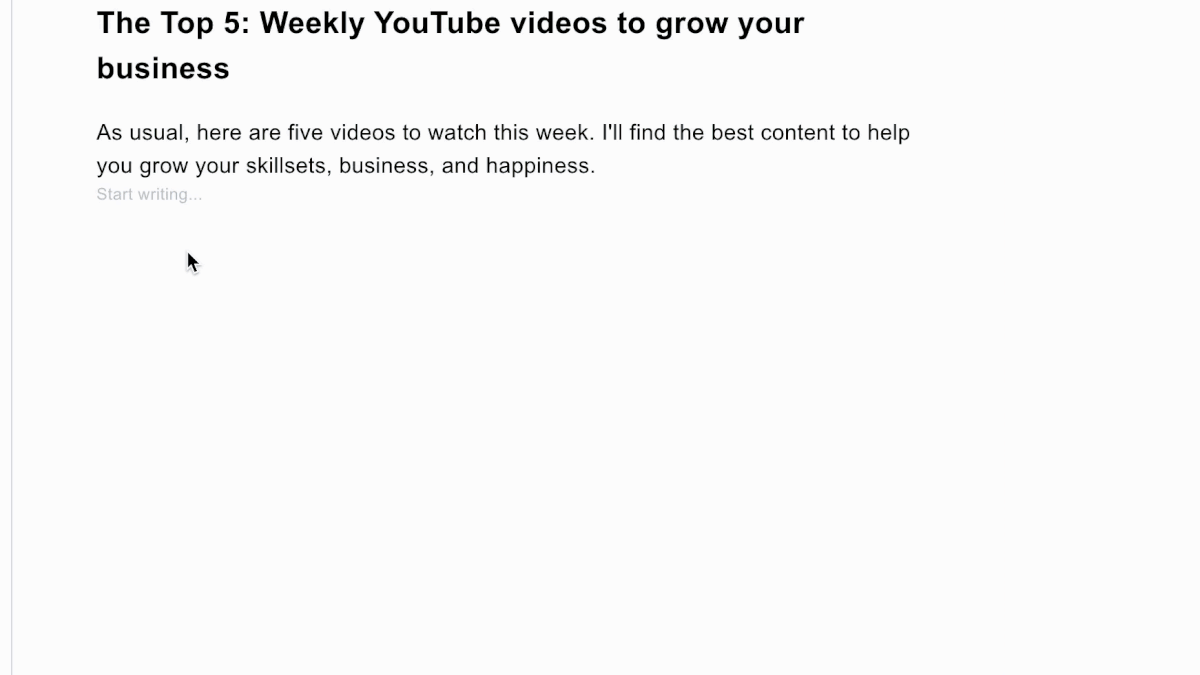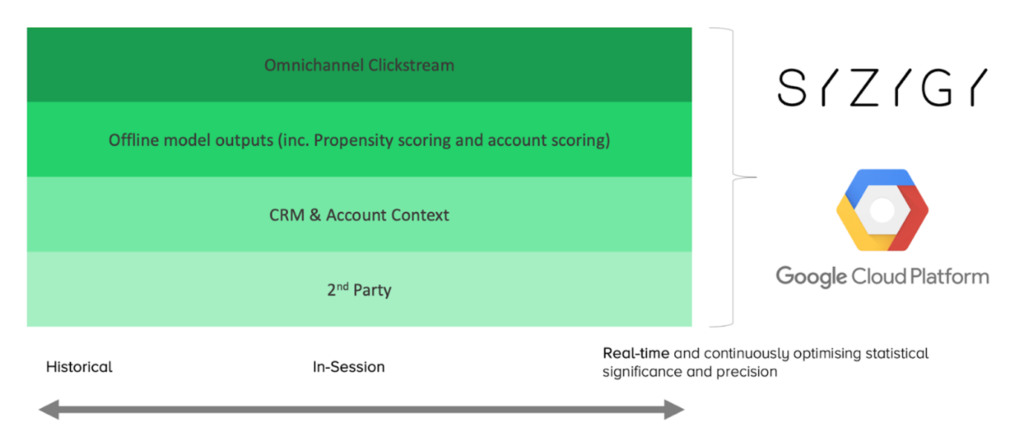Meta ads is constantly changing. From in-platform features, industry recommended ways of working, creative strategies, to so much more. Today, running a single, conversion-focused campaign may not be enough for brands looking to drive sales through paid media. For sustainable performance, as long as you have the budget, you have to consider the full funnel […]
<p>The post What Does a Full Funnel Strategy for Meta Ads Look Like in 2025? first appeared on PPC Hero.</p>
























